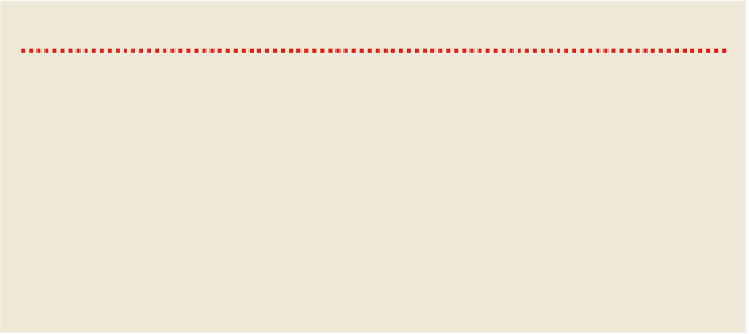Travel Reference
In-Depth Information
The views from the top are fantastic. You may be fortunate enough to spot one of the
slow-walking hermit monks called
yeti,
who wear tall, peaked hats and visit occasionally.
Popa Mountain Park
HIKING
A variety of
hiking trails
thread through the Popa Mountain Park, leading to the rim of
the volcano crater and to viewpoints and waterfalls. Along the way, you'll be able to ob-
serve the difference in the vegetation. The heights capture the moisture of passing clouds,
causing rain to drop on the plateau and produce a profusion of trees, flowering plants and
herbs, all nourished by the rich volcanic soil. In fact, the word
popa
is derived from the
Sanskrit word for flower.
Trekking here is best done with local guides. Ask at the turn-off, a mile or so back
from Popa village (towards Bagan), or enquire at the Popa Mountain Resort, halfway up
the peak. From the resort, the hike to the crater takes around four hours.
If you come by taxi, ask the driver to point out bits of
petrified forest
, which are
strewn along either side of the road west of Popa village.
MOTHER SPIRIT OF MT POPA
Sometimes it's hard being a nat. The namesake figure of the Mother Spirit of Popa
& Nat Shrine is Mae Wunna. She was famous for her love of Byat-ta, one of King
Anawrahta's servants, a flower-gathering Indian with superhuman powers, who
neglected his duties and was executed for it.
Their two sons, Min Gyi and Min Lay, supposedly born atop Mt Popa, followed
their father's tradition. They became servants of the king (often going to China),
grew neglectful of their duties, and then theywere executed. King Anawrahta,
however, ordered a shrine built at the place of their execution (at Taungbyone,
north of Mandalay), now the site of a huge festival. Many worshippers come to of-
fer a blessing to these three. Mae Wunna and her sons are the central figures fa-
cing the entry to the shrine.
Festivals & Events
Mt Popa hosts two huge
nat pwe
(spirit festivals) yearly, one beginning on the full moon
of Nayon (May/June) and another on the full moon of Nadaw (November/December).
Before King Anawrahta's time, thousands of animals were sacrificed to the
nat
during
these festivals, but this practice has been prohibited since the Bagan era. Spirit posses-
sion and overall drunken ecstasy are still part of the celebration, however.


